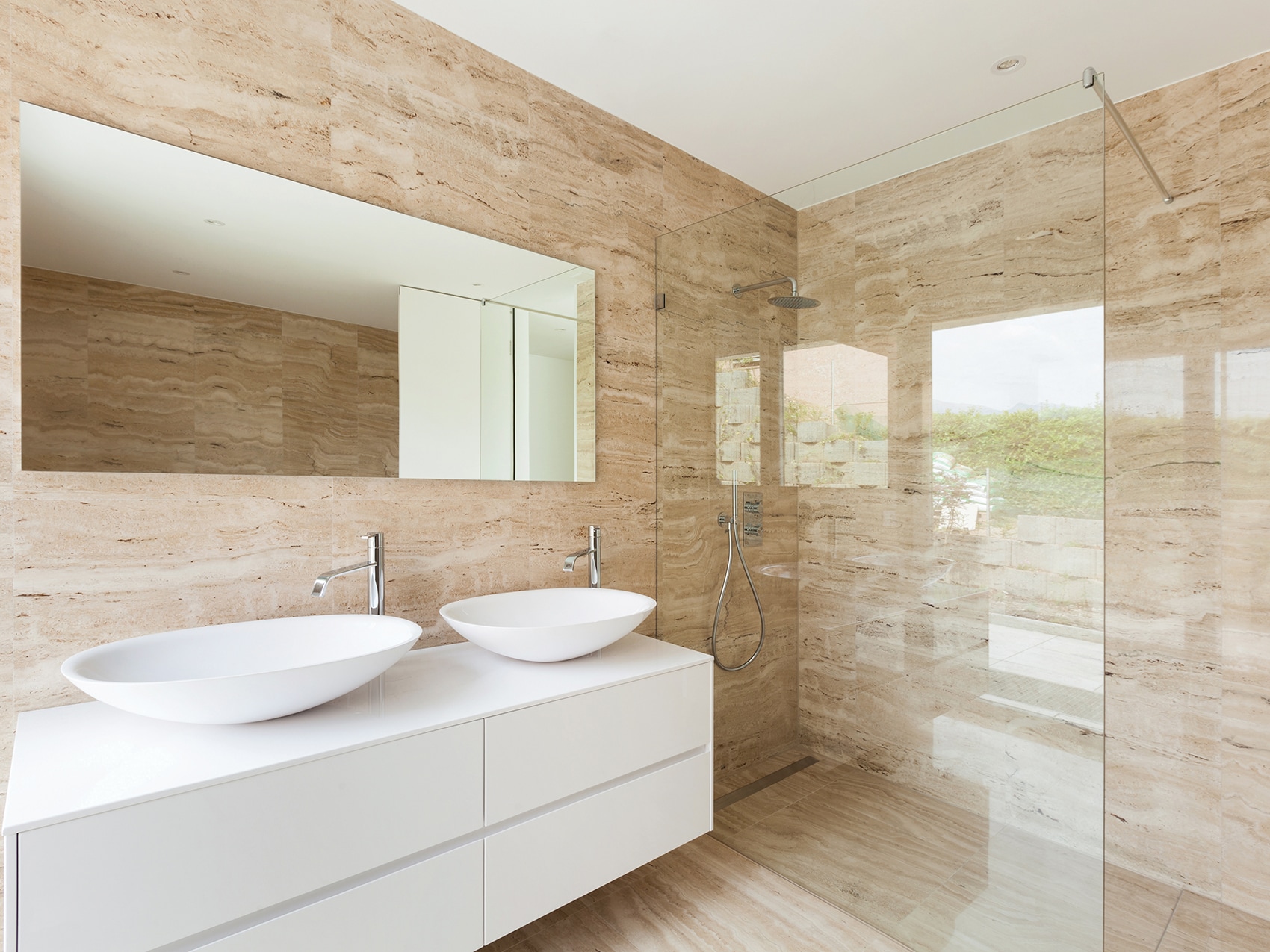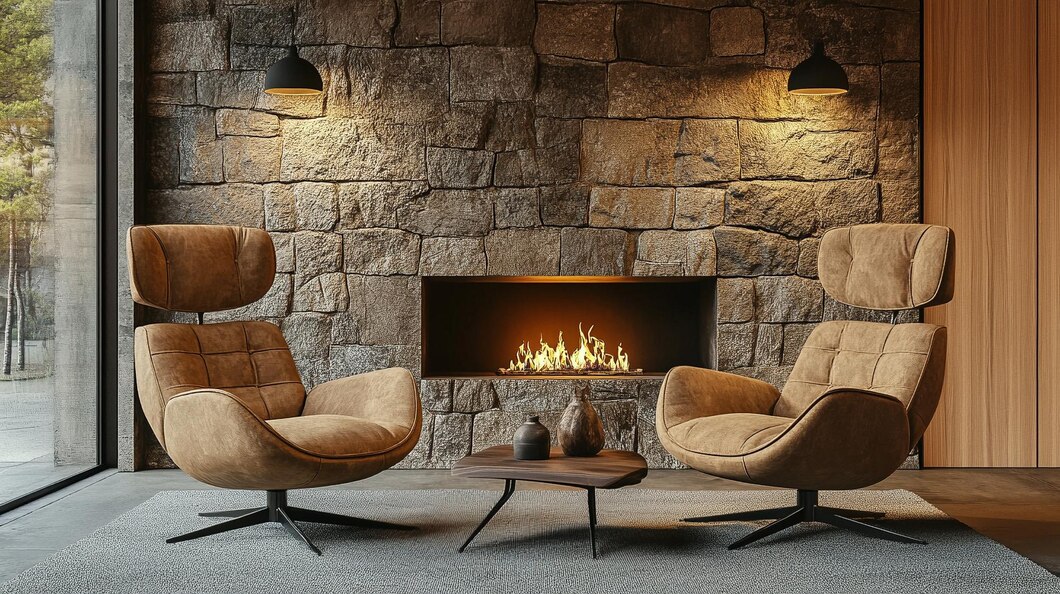
Travertine Marble in Modern vs. Traditional Chennai Architecture
Chennai, the cultural and architectural hub of South India, has always showcased a beautiful blend of traditional and contemporary design philosophies. From the majestic temples and colonial-era buildings to sleek modern apartments and commercial complexes, the city’s skyline reflects its evolving architectural narrative. One material that has seamlessly traversed these architectural eras is travertine marble in Chennai. Known for its timeless elegance, durability, and natural beauty, travertine has become a preferred choice for architects, designers, and homeowners alike.
Understanding Travertine Marble
Travertine is a form of limestone deposited by mineral springs, particularly hot springs. Its unique porous texture, natural pitted surface, and soft earth-tone colors—ranging from ivory and beige to rich caramel and deep brown—give it a distinctive charm. Unlike other marbles, travertine’s natural veining and subtle imperfections add character to any space, making it a versatile material for various architectural styles.
Travertine Marble in Traditional Chennai Architecture
Chennai’s traditional architecture, heavily influenced by Dravidian temple designs, colonial heritage, and vernacular styles, often emphasizes grandeur, intricate detailing, and earthy aesthetics. Travertine marble has historically been employed in these structures for several reasons:
-
Temple and Heritage Structures: While granite is predominant in ancient temples, travertine has occasionally been used for flooring and decorative elements in smaller shrines and private residences due to its warm tones and ease of polishing. Its natural texture complements the carved wood and stone details often seen in traditional Chennai homes.
-
Colonial-era Residences: During the British colonial period, Chennai saw the rise of bungalows and heritage homes with large verandas, high ceilings, and spacious courtyards. Travertine marble was often used for flooring and staircases, providing a cool surface in the city’s tropical climate and adding a touch of understated elegance.
-
Durability and Maintenance: In traditional settings, travertine’s durability made it ideal for high-traffic areas. Its ability to age gracefully without losing charm contributed to its use in homes and public buildings.
Travertine Marble in Modern Chennai Architecture
Modern Chennai architecture embraces minimalist designs, open-plan spaces, and sustainable materials. Travertine marble has found renewed relevance in this contemporary landscape:
-
Luxury Residences and Apartments: Travertine is increasingly used for flooring, wall cladding, and bathroom finishes in modern apartments. Its neutral tones create a serene, airy ambiance, while its natural patterns add subtle visual interest without overwhelming minimalist interiors.
-
Commercial and Hospitality Spaces: Hotels, cafes, and office spaces across Chennai leverage travertine for its sophisticated appeal. Large-format travertine tiles on floors and feature walls exude luxury while maintaining practicality due to their slip-resistant properties when honed or brushed.
-
Sustainability and Eco-friendly Design: Modern architects appreciate travertine’s low environmental impact. Being a natural stone, it doesn’t require chemical treatments, can be recycled, and retains thermal properties, which helps in reducing energy costs in buildings—an increasingly important factor in Chennai’s hot climate.
-
Blending Indoor and Outdoor Spaces: Contemporary Chennai homes often blur the lines between indoor and outdoor living. Travertine’s natural, earthy tones harmonize with landscaped gardens, patios, and terraces, creating a seamless transition between spaces.
Modern Adaptations of Traditional Aesthetics
Interestingly, modern Chennai architecture often incorporates traditional elements, and travertine serves as a bridge between the two eras. For example, travertine may be used in contemporary homes to mimic traditional courtyard layouts or intricate stone patterns, combining heritage charm with modern functionality. Its adaptability makes it possible to maintain Chennai’s cultural essence while embracing innovation and minimalism.
Conclusion
Travertine marble in Chennai remains a timeless choice, gracefully bridging the gap between traditional grandeur and modern sophistication. In traditional architecture, it contributes warmth, texture, and durability, complementing intricate designs and colonial aesthetics. In modern architecture, it provides elegance, versatility, and sustainability, catering to minimalist, luxury, and eco-conscious designs. Whether in a heritage home or a contemporary apartment, travertine’s natural beauty continues to enhance Chennai’s architectural landscape, proving that some materials, like good design, never go out of style.



